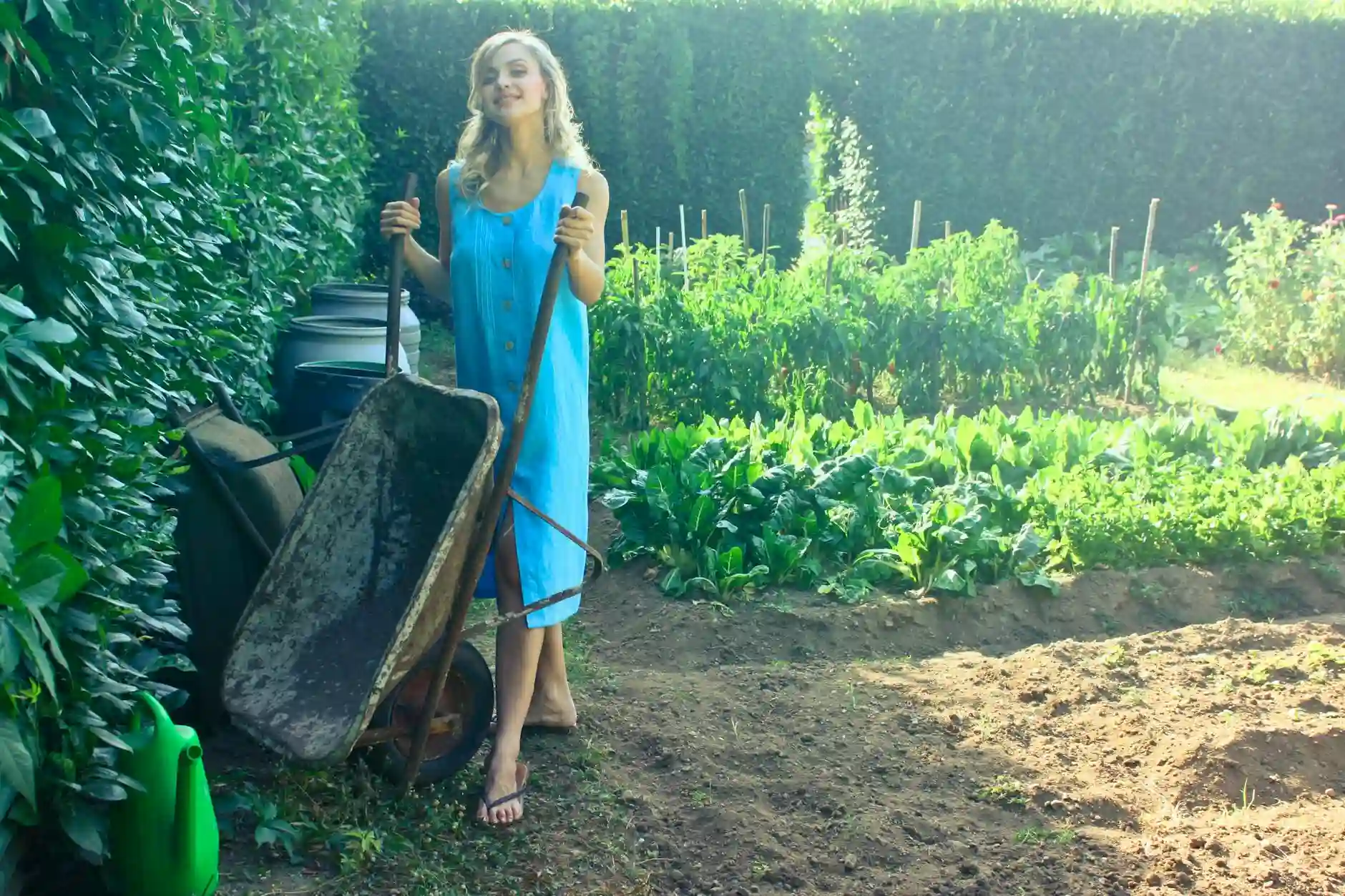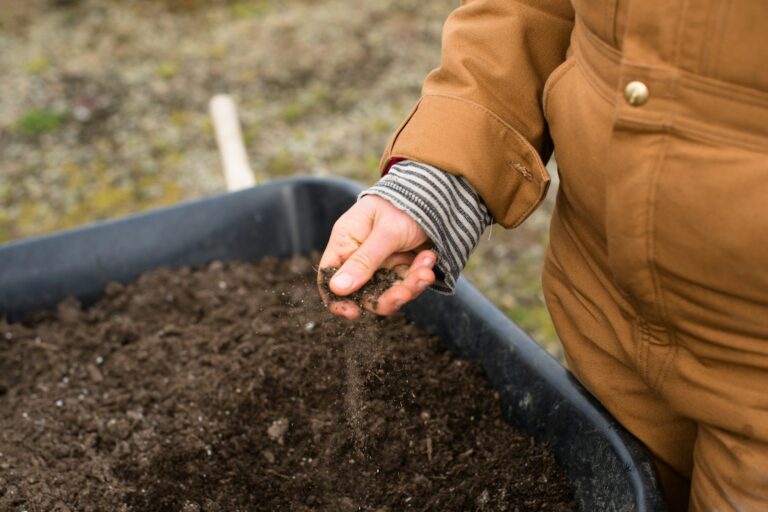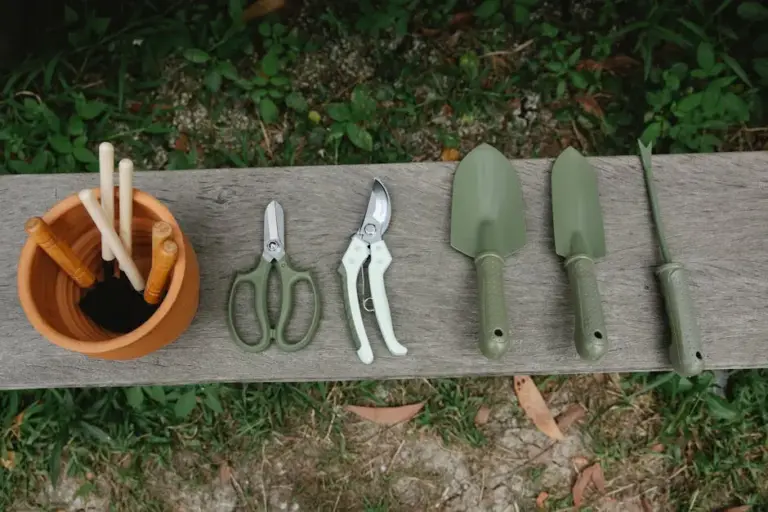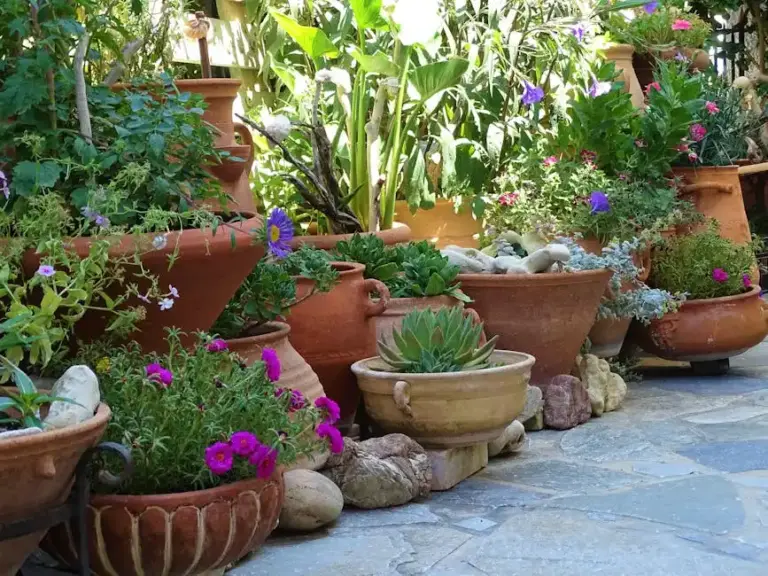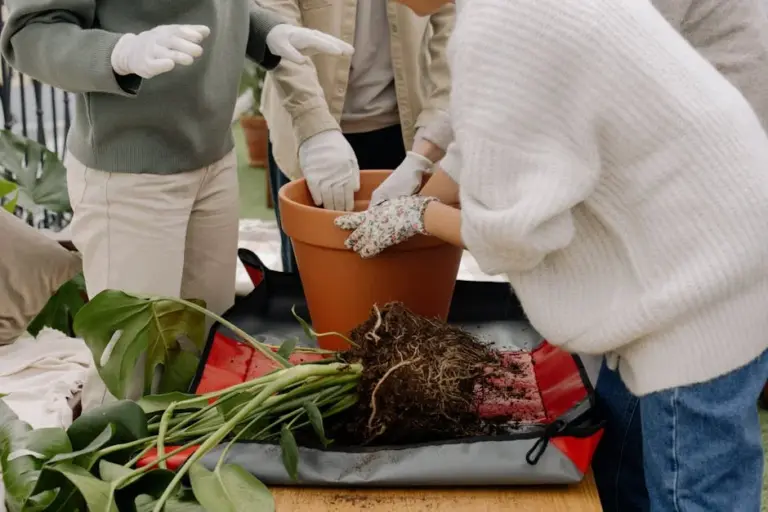How to Build Your Confidence as a New Gardener: Simple Tips to Grow with Ease
Starting a garden can feel overwhelming, especially when you’re new to it. You might worry about picking the right plants or making mistakes that could harm them. Building confidence as a new gardener comes from starting small, learning as you go, and choosing easy-to-grow plants that encourage success.
Getting to know your outdoor space and its conditions helps you make better choices, and it’s okay to take your time. Keeping things simple and focusing on healthy soil and plants that match your environment will make the process more enjoyable and rewarding.
With a few practical steps and patience, you’ll find yourself growing more comfortable and excited to try new things in your garden. For ideas on how to ease into gardening and build your confidence, check out this guide to growing confidently as a beginner gardener.
Understanding What Confidence Means in Gardening
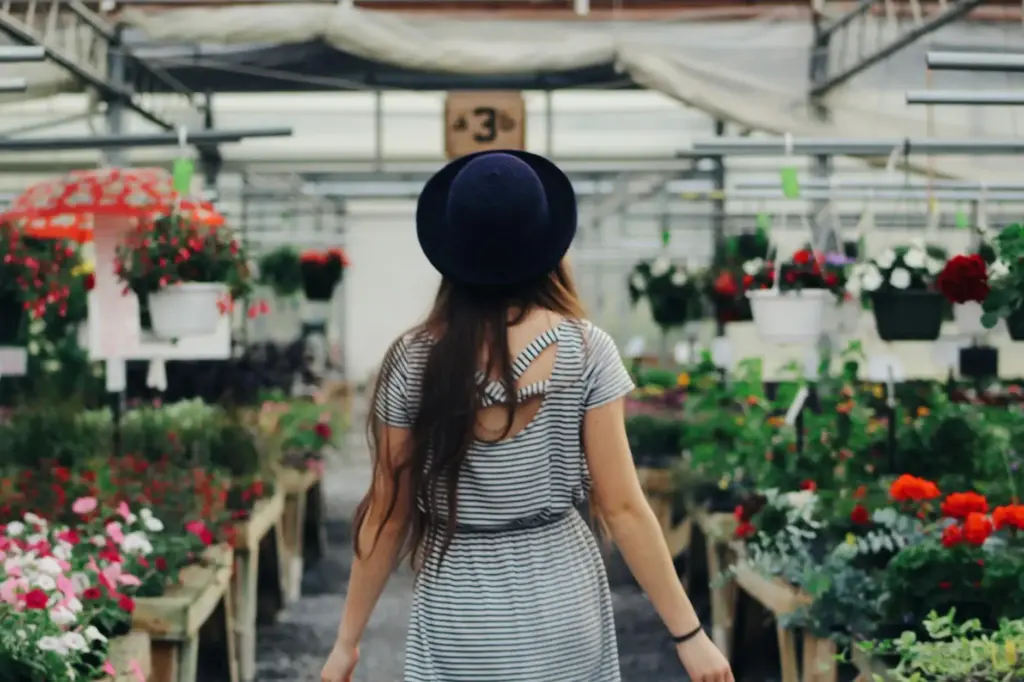
Building confidence in gardening involves accepting challenges and recognizing small wins. It means learning to manage your expectations and understanding that progress often happens over time. These aspects help you feel more comfortable and motivated as you continue.
Overcoming the Fear of Making Mistakes

Mistakes are a natural part of gardening, especially when you’re just starting. You might worry about plants dying or choosing the wrong tools, but every error is a valuable learning opportunity. Instead of fearing failure, see each misstep as a chance to improve your skills.
Remember that even experienced gardeners encounter setbacks. Failing with one plant doesn’t mean your entire garden is doomed. Try to stay curious and ask questions when things don’t go as planned. This mindset helps you build resilience and reduces the stress of trying something new.
Setting Realistic Expectations
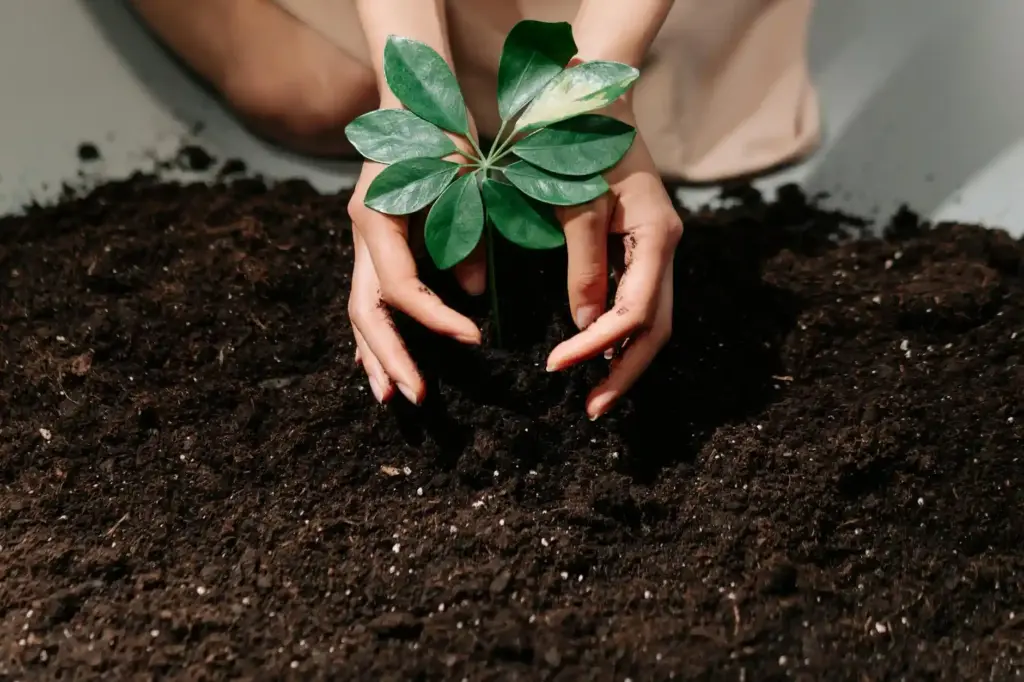
Your garden won’t become a masterpiece overnight, and understanding this is key to building confidence. Start with small projects or easy-to-grow plants that match your time and skill level. Setting achievable goals avoids frustration and keeps you motivated.
It’s helpful to break down gardening tasks into manageable steps, like preparing soil, watering, and pruning regularly. Tracking your efforts in a gardening journal can also clarify what’s working. Consistency often brings better results than rushing or aiming too high too soon.
Recognizing Your Progress
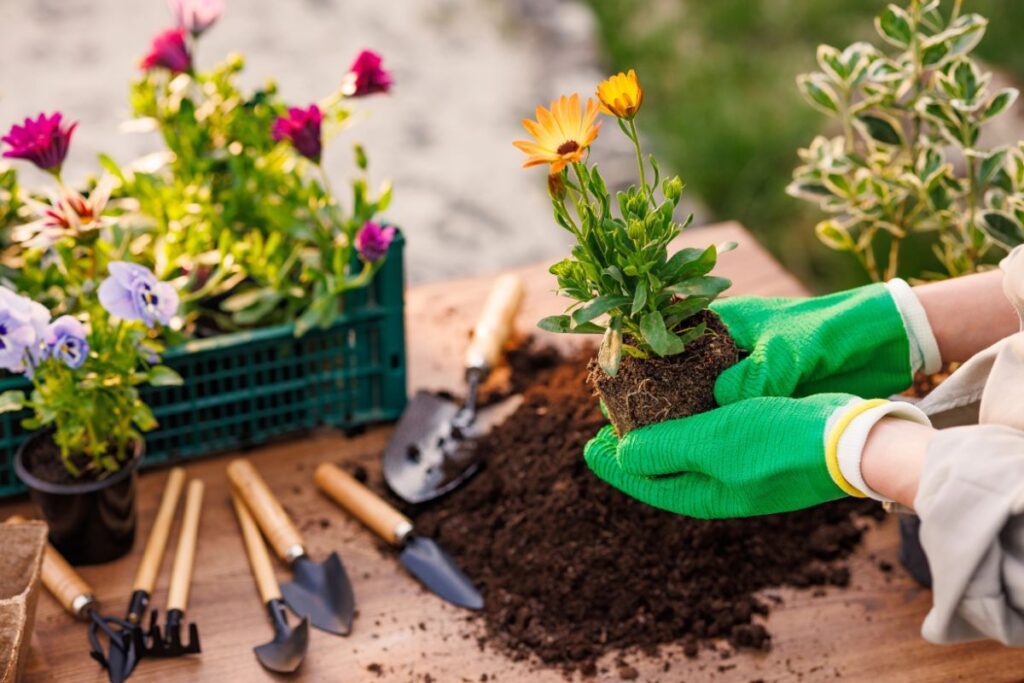
Noticing your improvements in gardening boosts your confidence more than anything else. This can include a seed sprouting, a weed removed, or a soil mix you perfected. Take time to celebrate these small successes regularly.
You can track your progress visually with before-and-after photos or keep a simple checklist of completed tasks. Reflecting on your gains helps you stay positive and encourages continued learning. Confidence grows when you see real proof of your effort paying off.
Building Foundational Gardening Knowledge

Growing your confidence starts with solid knowledge. You’ll focus on developing key gardening skills, picking plants that are easier to manage, understanding the conditions in your area, and having the right tools on hand to succeed.
Learning Basic Gardening Skills

Start with core skills like watering, planting seeds or seedlings, pruning, and weeding. Each task has its own best practices. For example, overwatering can harm plants, so learning when and how much to water is crucial.
Knowing how to prepare soil by loosening it and adding compost boosts plant health. You can find simple tutorials or videos to watch if you prefer visual learning. Practicing regularly helps you recognize plant needs and react confidently.
Keep a gardening journal to track what works and what doesn’t. This will help you improve your skills based on your own experience instead of guessing.
Choosing Beginner-Friendly Plants
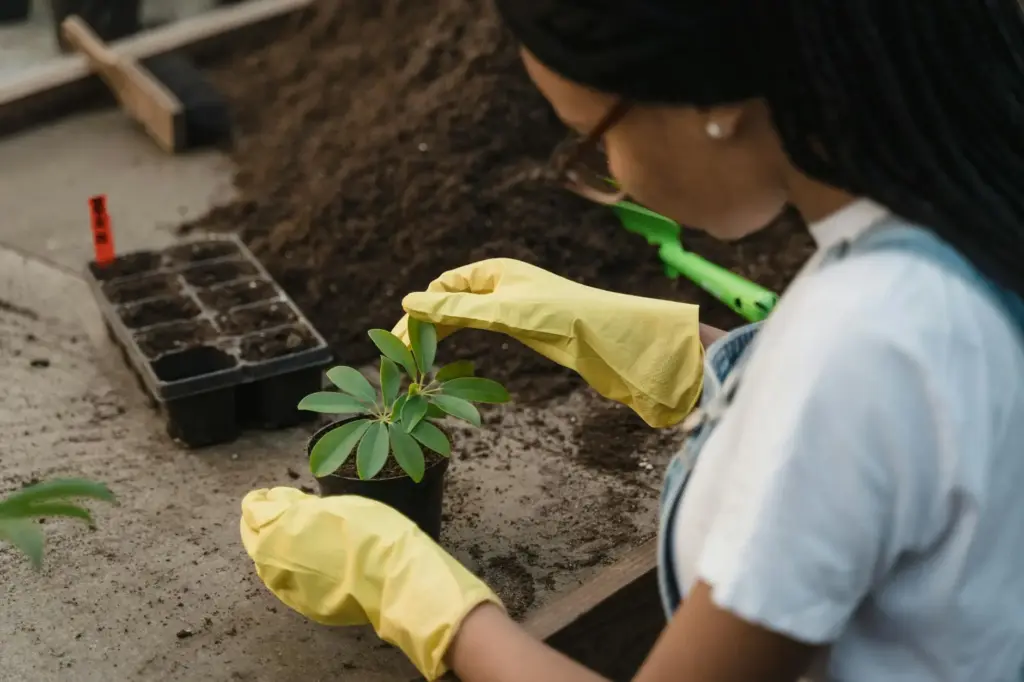
Starting with easy plants reduces frustration. Look for plants that grow quickly and need minimal care. Examples include herbs like basil or mint, and vegetables such as lettuce or radishes.
Native plants and local wildflowers are often hardier because they’re adapted to your region. They usually require less watering and fewer fertilizers.
To plan your garden, consider what you enjoy eating or looking at. Growing food you like motivates you to care for the garden consistently. You can also try container gardening to limit space and focus on a few plants.
Understanding Your Local Climate and Soil
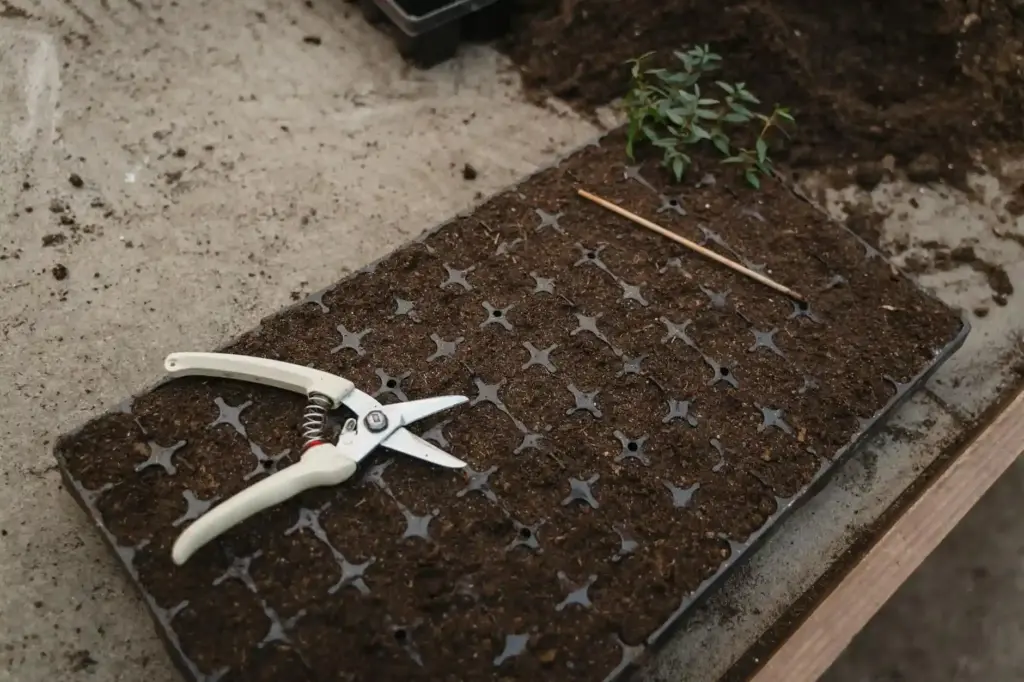
Your success depends on knowing your climate zone and soil type. Climate zones define what plants thrive during specific seasons. If you know your zone, choosing the right plants gets easier.
Understanding soil texture (sand, clay, loam) affects water retention and nutrient availability. You can test your soil at home with a simple jar test or by sending samples to a local extension office.
Adjust the soil by adding organic matter or amendments to improve drainage or fertility. This knowledge helps you troubleshoot issues like poor growth or weeds more effectively.
Gathering the Right Tools
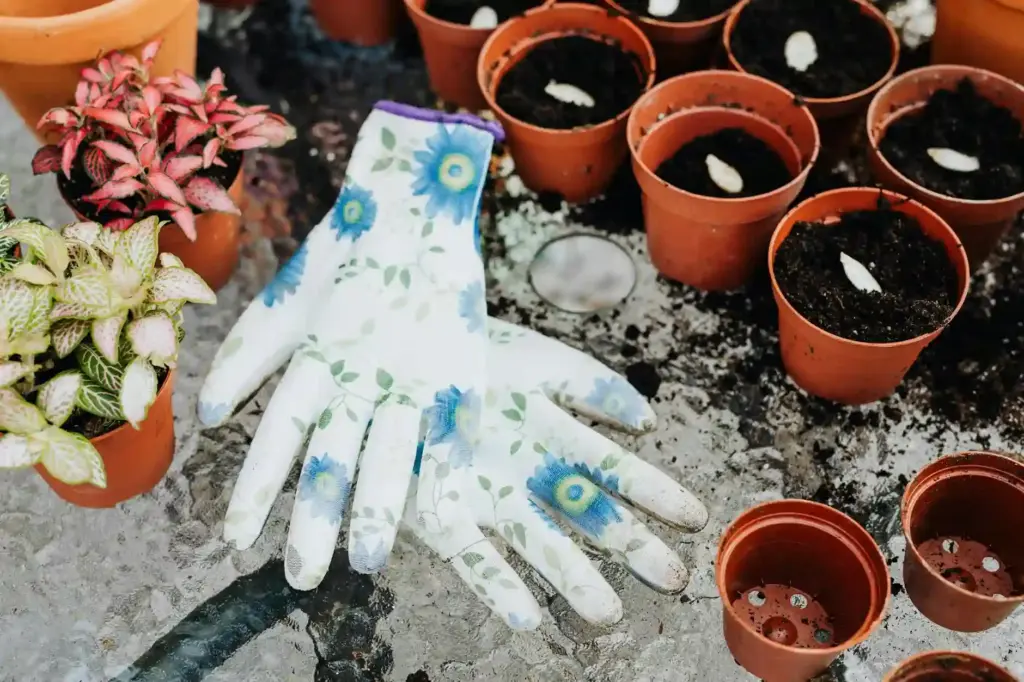
Having the right tools can simplify your gardening routine and increase your confidence. Basic tools you’ll need include:
- Hand trowel for digging small holes
- Pruning shears for trimming plants
- Watering can or hose with a gentle spray nozzle
- Garden gloves to protect your hands
Invest in quality tools that feel comfortable to hold and use. Using dull or poorly made tools can make tasks harder and discourage you. Organizing your tools in one spot helps you keep track of everything and jump right into gardening when ready.
You don’t need everything at once; start with the basics and add what you find necessary as you go.
Cultivating a Growth Mindset

Building confidence in gardening comes from how you approach challenges and setbacks. Viewing mistakes as opportunities helps you keep learning, while patience lets you respect the natural pace of growth.
Embracing Experimentation
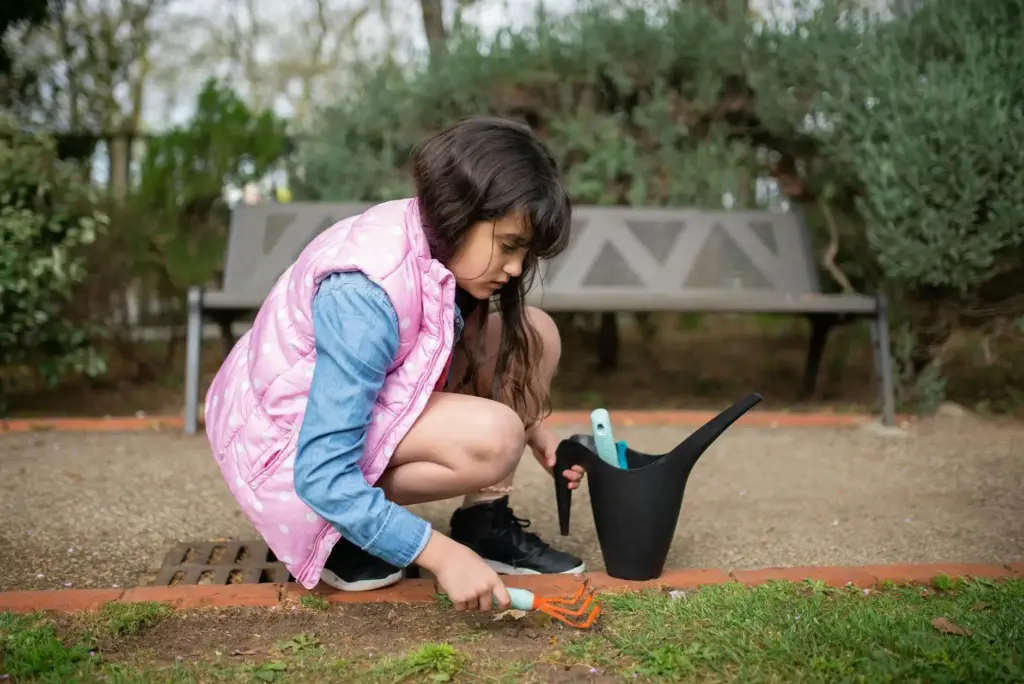
Try different seeds, planting techniques, and garden layouts to discover what works best for you. Don’t worry if something doesn’t grow as expected—this is just part of the process. Each attempt teaches you something new about soil, light, and watering.
Keep notes on what you change and observe. This simple habit turns failures into valuable lessons. Remember, a growth mindset means saying, “I haven’t succeeded yet,” instead of “I can’t.” Accepting that experimentation is essential helps you build skills and resilience faster.
Being Patient with Yourself
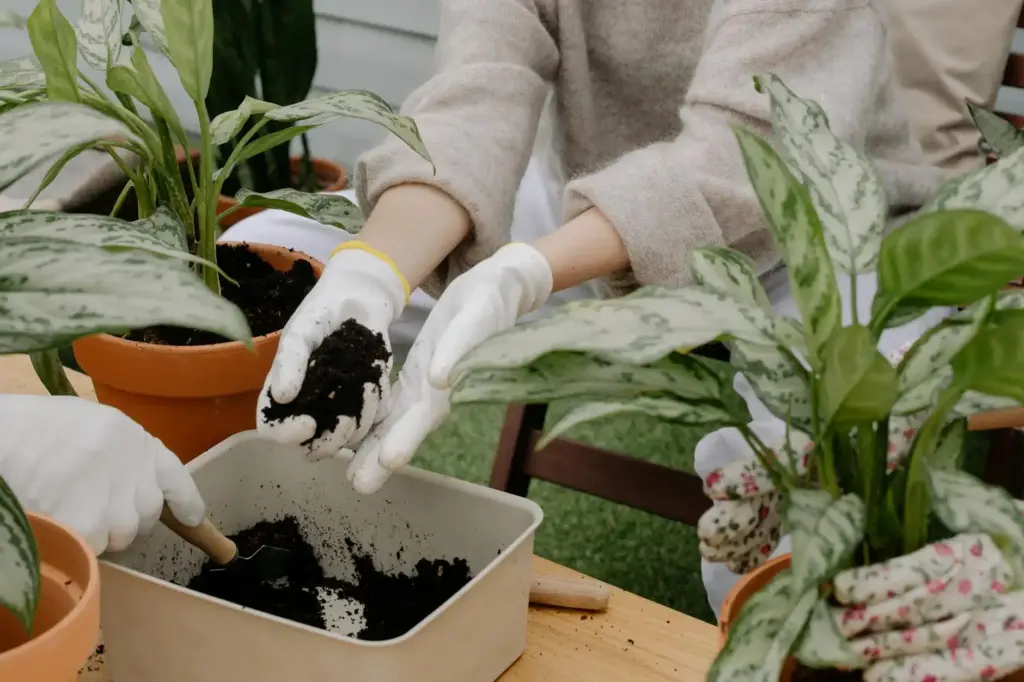
Gardening takes time, and so does gaining confidence. Plants don’t grow overnight, and neither do your abilities. Allow yourself to make slow progress without harsh self-criticism.
Celebrate small wins, like your first sprout or mastering a new skill. Concentrate on what you can control, such as watering and weeding consistently, and let nature handle the rest. Patience reduces frustration and keeps your motivation steady. Embrace the journey, knowing every gardener starts with uncertainty.
Connecting with the Gardening Community

Building connections with others who share your interest in gardening will boost your confidence and provide valuable support. Engaging with local groups, learning from experienced gardeners, and sharing your journey can enrich your experience and help you grow as a gardener.
Joining Local Gardening Groups

Finding a local gardening group can connect you with people nearby who share your passion. These groups often organize meetups, plant swaps, and workshops, giving you hands-on opportunities to learn. You can usually find these through community centers, libraries, or social media platforms.
When you join, take some time to observe and listen. You don’t have to be an expert to participate. Many groups welcome gardeners of all skill levels, and asking questions is encouraged. These groups can also introduce you to community gardens where you might try new techniques.
Benefits of joining a group:
- Access to resources and tools
- Opportunities for collaboration
- Regular encouragement from fellow gardeners
Seeking Guidance from Experienced Gardeners
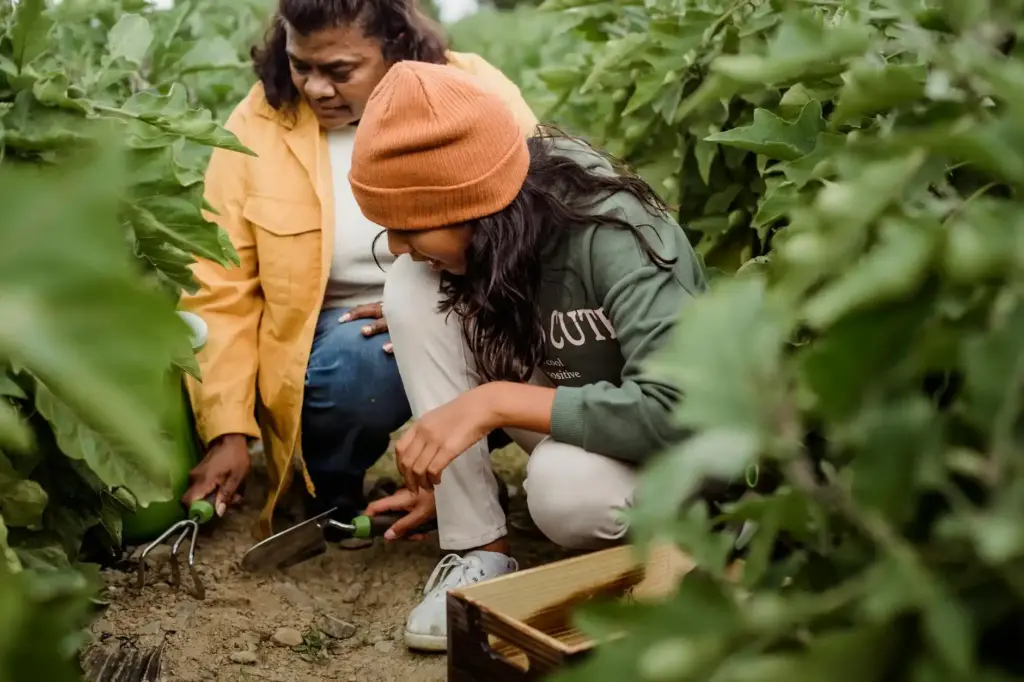
Experienced gardeners can be your best mentors. They have practical knowledge about local plants, soil, and seasonal challenges. Asking them for advice can help you avoid common mistakes and improve your skills faster.
Try reaching out through your network or at gardening events. You could also start conversations with neighbors who garden. Don’t hesitate to ask for specific tips like seed selection or pest control. Most gardeners enjoy sharing what they know.
To make it easier:
- Prepare questions before you meet
- Take notes or photos during discussions
- Follow up to show your appreciation and stay connected
Sharing Your Gardening Experiences
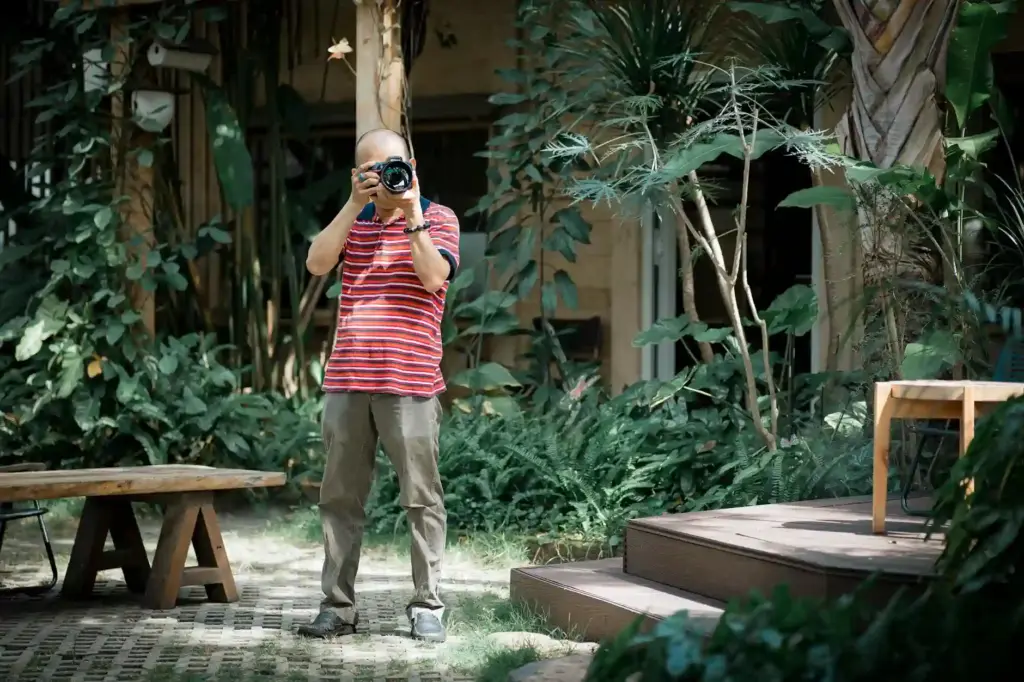
Sharing your successes and struggles helps you learn and feel part of a community. You can do this in person at meetings or online through gardening forums and social media groups. Describing what worked or didn’t with certain plants can spark conversations and advice.
Posting photos of your garden progress or journaling your activities can track your development and encourage feedback. Being open about challenges like pests or weather problems often invites helpful suggestions. Your experiences might inspire new gardeners too.
You might want to:
- Share updates regularly, even small wins
- Ask for input on specific issues
- Celebrate milestones publicly to build confidence
Celebrating Your Progress and Successes

Recognizing your wins will boost your confidence and keep you motivated to keep gardening. You’ll find that both tracking your achievements and documenting your garden’s growth offer clear ways to measure how far you’ve come.
Tracking Your Achievements

Start by listing specific goals you want to accomplish, like successfully growing herbs or keeping plants alive through a season. Each time you meet a goal, check it off or note it in a gardening journal.
You can use simple tools like:
- A notebook or planner
- A digital app designed for gardeners
- A calendar with reminders of care tasks and milestones
Tracking steps like planting dates, watering schedules, and harvest amounts helps you see real progress. This clear record makes it easier to recognize your successes instead of just focusing on what didn’t go perfectly.
Documenting Your Garden’s Growth

Taking pictures regularly is one of the best ways to track changes in your garden visually. Set a routine for photos, such as once a week or after significant growth events.
You can create a photo album or a digital folder organized by dates and plant types.
Writing short notes alongside photos about what you observe, like bloom dates, pest problems, or weather impacts, can deepen your understanding of your garden’s needs.
This record allows you to celebrate small victories, like the first flower or robust leaf growth, making your gardening journey more rewarding and tangible.

